So what is Underbone?
Underbone Racing comes to Australia with the Asian Road Racing Championship joining ASBK at South Australia’s new The Bend Motorsport Complex
By Barry Russell
Underbone madness comes to Australia for the first time at the Australian Superbike and Asia Road Racing (ARRC) double-header at The Bend this weekend. Aussies who have been around ARRC all agree that fans will love the loud, slipstreaming, elbows out drama that these single cylinder, 150cc, 100kg, 170kph machines, serve up at every race.
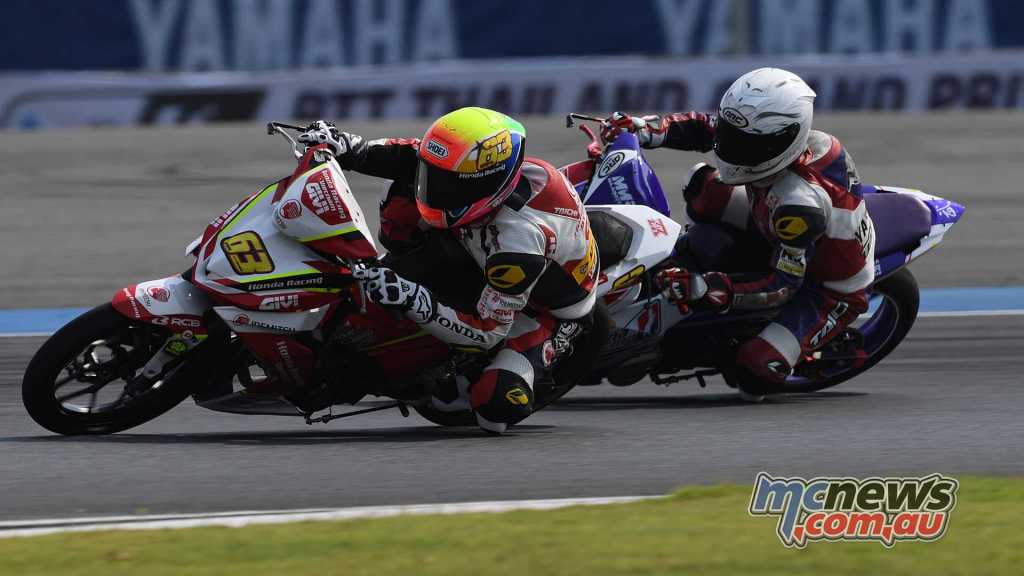
The class has been flourishing in South East Asia for many decades, being based on the tough, utility bikes that you see all over countries in the region. Originally running with two-stroke 110 and 125cc engines, the class changed to 115cc four-strokes in 2004, eventually increasing to the current 150cc limit in 2016.
‘Underbone’ refers to the structural steel tube framing that makes up the chassis. It is not a scooter: it does not have the step-through design of a twist-and-go, and has five or six gears. In fact the only real similarity with a scooter is the position of the fuel tank, which is under the seat. Honda and Yamaha are evenly matched in the class, reflecting the fight in Asian showrooms for market share.
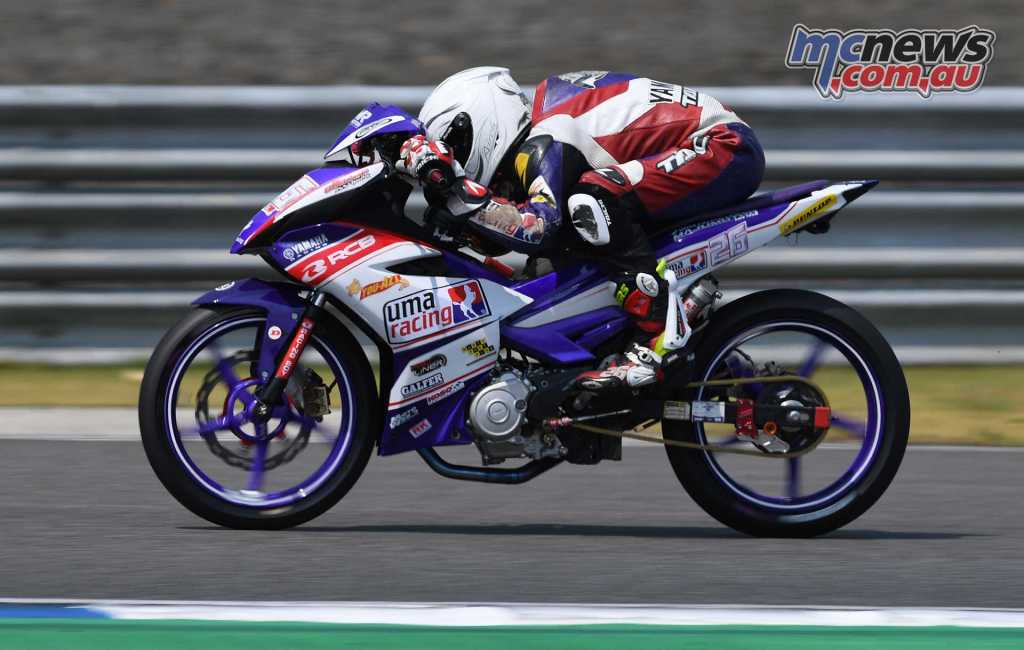
In Thailand, Malaysia and Indonesia, the small size and light weight of underbones has been used to introduce riders as young as 11 or 12 to racing and has launched many successful, professional careers. In recent years world attention has swiveled to the genre following the success of a growing number of Malaysian and Indonesian riders in world championships. Hafizh Syahrin, Malaysia’s first ever MotoGP rider, is the best-known example of a racer who began his career on underbones.
Despite this, it would be a mistake to see underbones merely as providing a starter or feeder category. Many racers choose to carve out lucrative careers in the class either in their own countries, in ARRC, or in both. Indeed, there are five former champions on the entry list for Tailem Bend and a camaraderie resulting from the longevity of the teams and riders that is rarely seen in professional motorsport paddocks.
The most fun you can have with your overalls on too?
If you can remember the days when you would buy a motorcycle, strip it down, go shopping for the trickest, lightest go-faster parts and then put it all back together as a barking mad track weapon, you will get the idea. Superstock regs are not welcome here.
Engine mod’ possibilities are a tuner’s dream. Skim the head and replace it with a gasket of your choosing to increase compression, change the spark plug, piston, rings, valves, camshaft and do a bit of polishing and porting; only the crankshaft and big end bearing needs to be original. Ram air is not allowed, but air box shape and construction is free, as is the ECU, fuel and ignition mapping and wiring loom. Quickshifters are in and you can have telemetry so long as it doesn’t send onboard messages to the rider.
Power output is typically increased from the stock 12hp to close to 30hp.
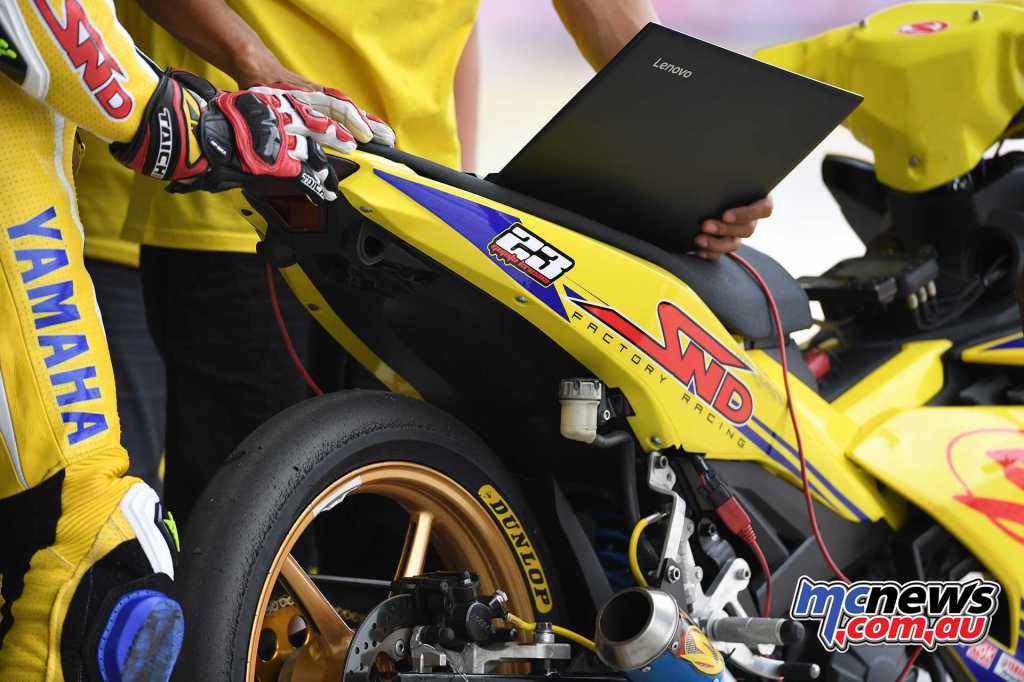
There are plenty of chassis mods that can be made, lighter wheels can be used and bodywork can be made of any material that moulds into the shape of the original silhouette.
An extra shot of excitement to Underbone 150s was administered this year, with the introduction of Moto3 slicks. The move has been welcomed unanimously by riders, who are enjoying later, deeper braking, increased lean angles and better corner speed, while spectators get to see closer, faster on-track battles.
The best way to pick an Underbone 150cc winner is to put on a blindfold and throw a dart at the entry list. Round 1 saw 6 different riders on the two podiums; first place in any ARRC Underbone race gets snatched by whoever can stay shiny side up and execute their last lap, last corner plan the most effectively.
Over the course of a season, though, consistency will deliver the title, so, although the last three champions did not perform to their potential in Round 1 at Chang International, Gupita Kresna Wardhana, Wahyu Trilaksana and Akid Aziz will be aiming high down under.
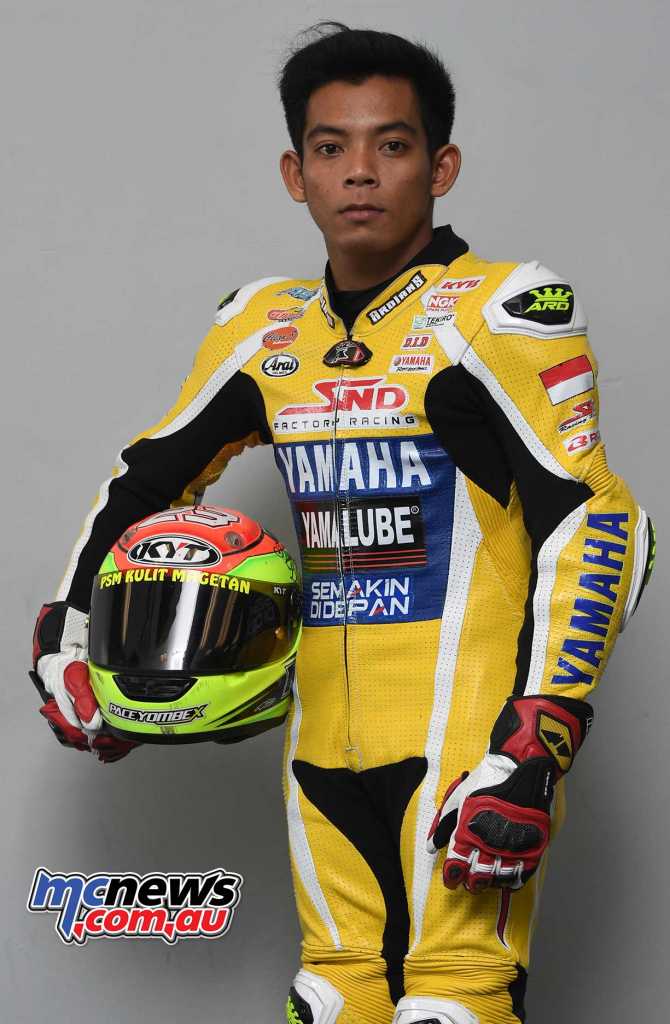
All three are on Yamahas, as is 2009 champion, Affendi Rosli, who took a second and fourth away from the first round and sits third in the standings.
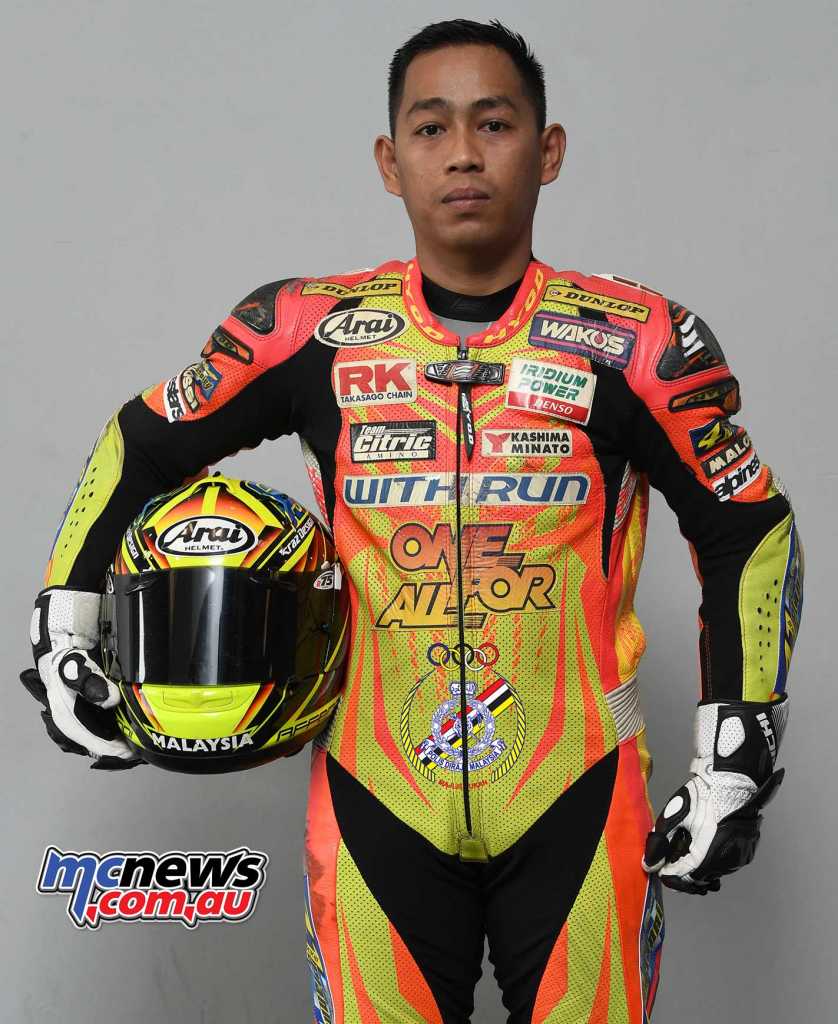
For Honda, Malaysia’s SCK Rapido have put together a formidable package for Helmi Azman, who came away from Round 1 leading the championship with 36 points after a win and a fifth place.
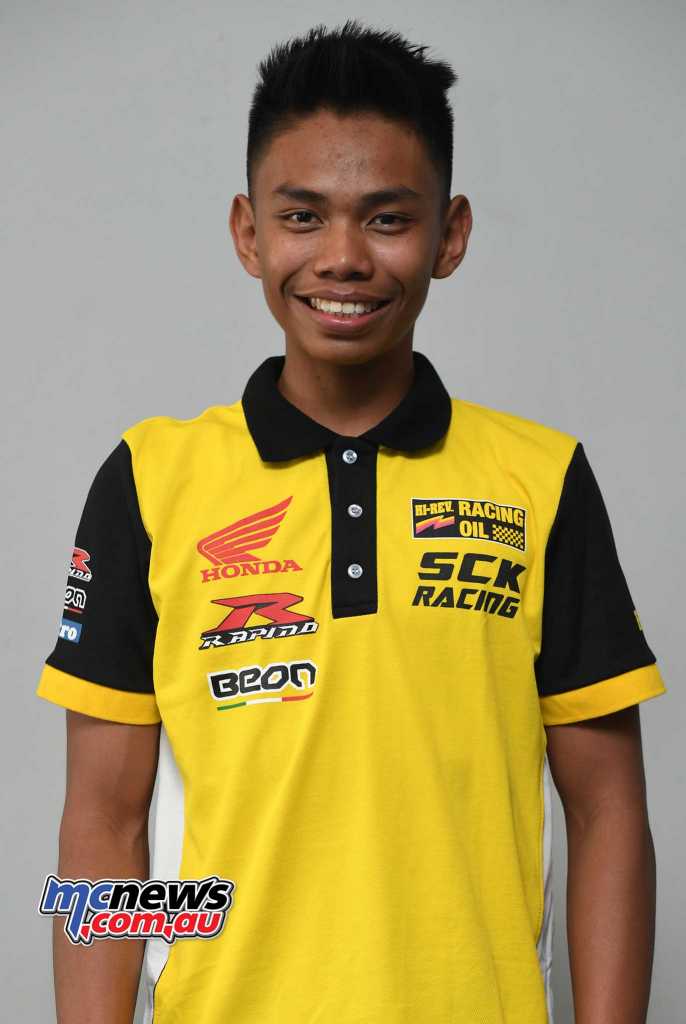
Race 2 winner, Izzat Zaidi, is in second place, just three points behind.
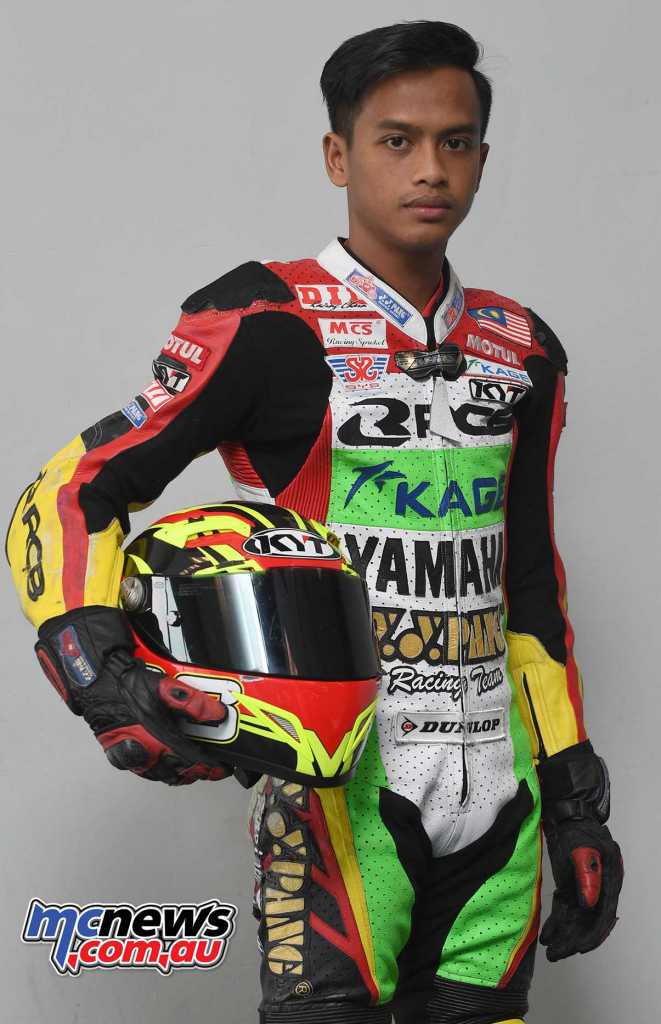
That bodes well for Locky Taylor, the sole Underbone 150cc Aussie wildcard, who will be Helmi’s team mate for the weekend. It will be the 17 year-old’s second outing on an underbone, having previously ridden one during Asia Talent Cup selection.
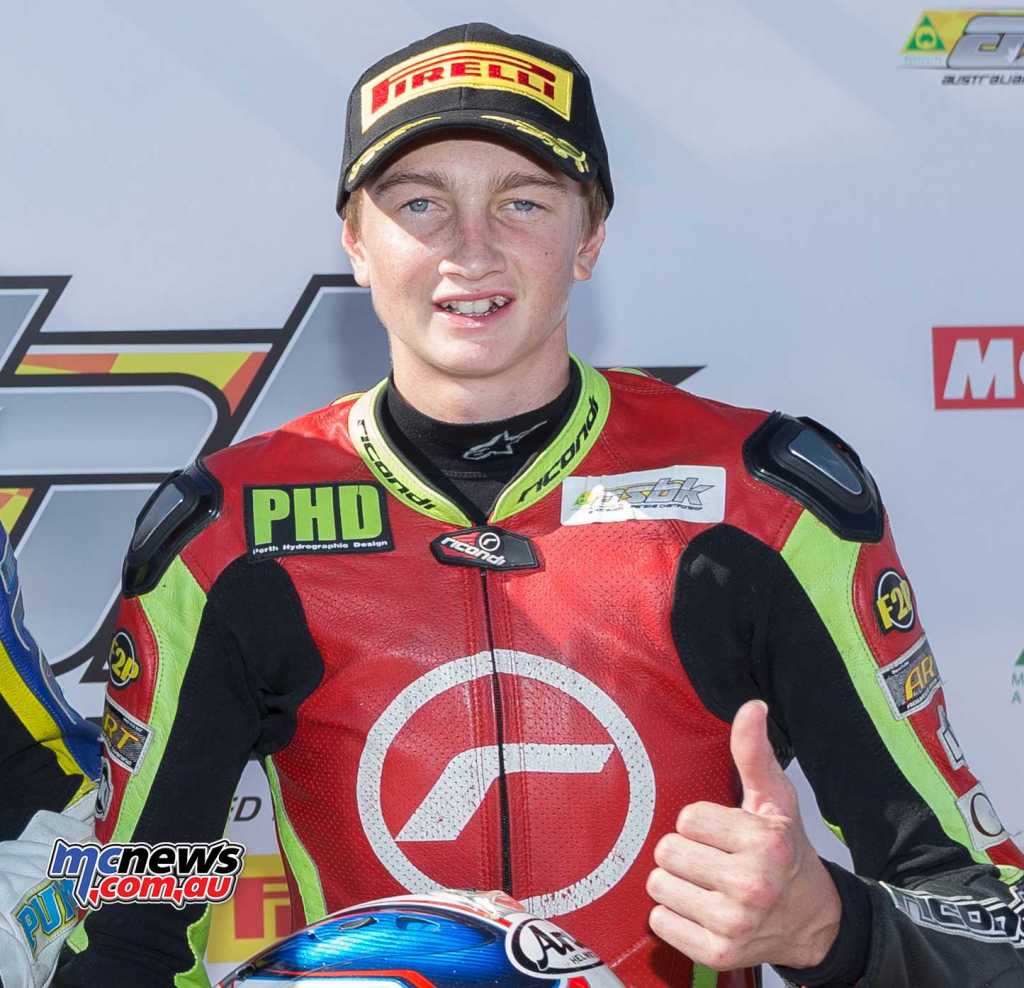
Fans are in for a glorious assault on their eyes, ears and adrenal glands, as these miniature missiles wreak racing mayhem in South Australia this weekend.























